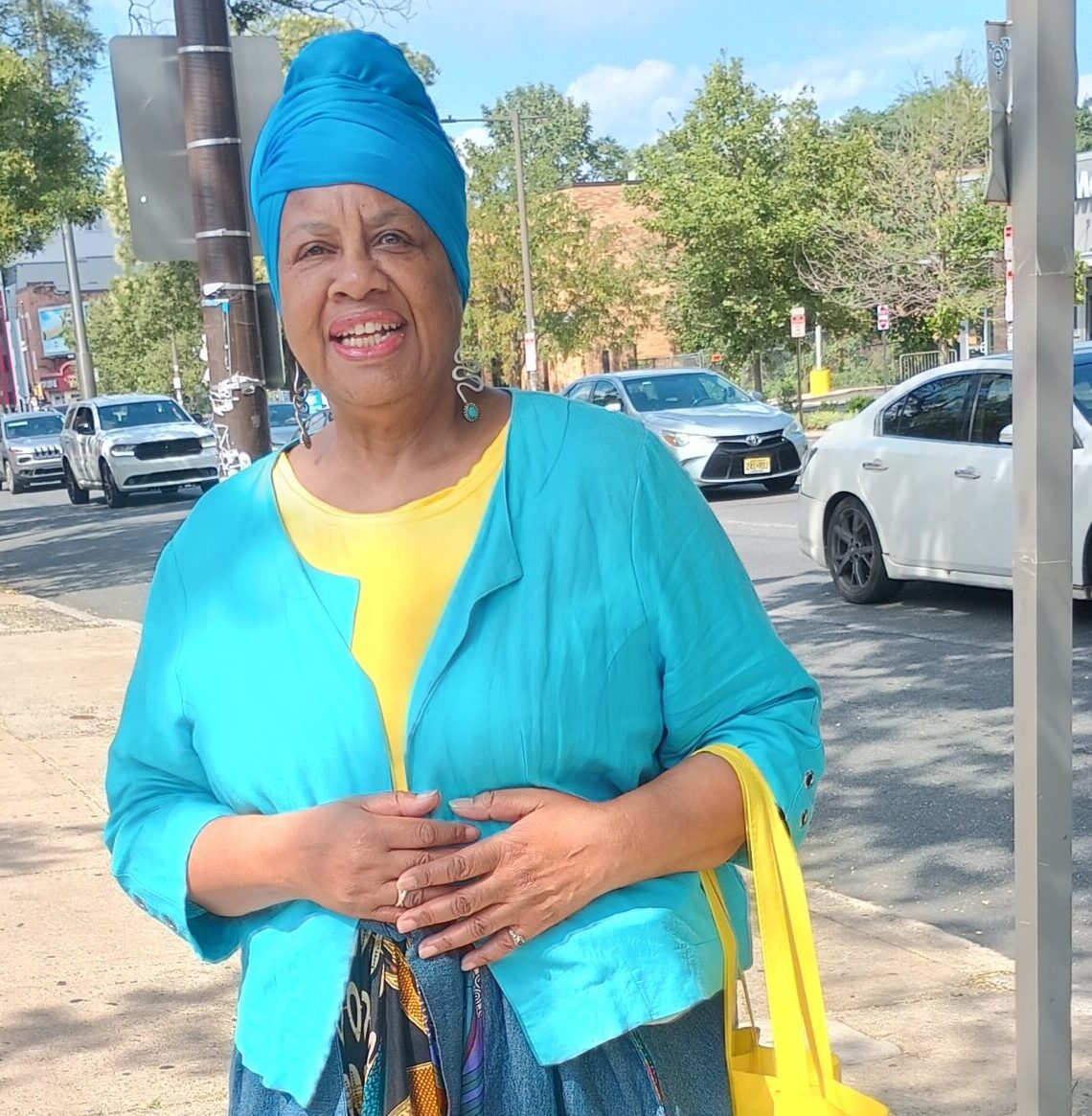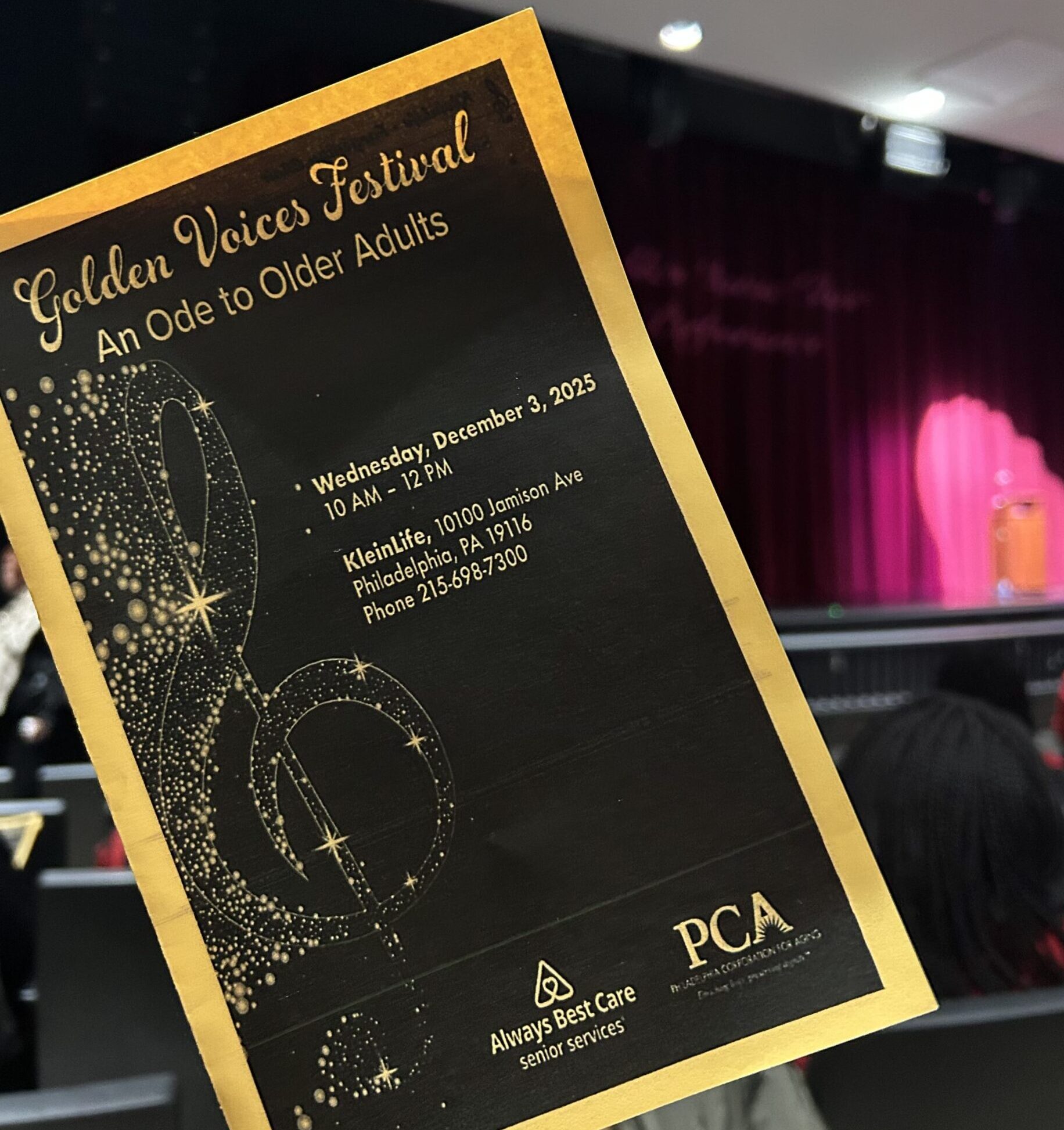Judith Robinson has tales to tell about North Philadelphia history
By Jay Nachman
In February, the Philadelphia City Council recognized Judith Robinson “for her work to amplify voices of communities in North Philadelphia for the benefit of the entire City of Philadelphia.”
The accolades are nice, said Robinson, 69. But what she draws satisfaction from is “that we get some knowledge in our heads. We get some facts. And we get the truth about our society. That’s what gets me excited.”
Robinson is a mother of one daughter and a grandmother of two. She was president of Simon Gratz High School’s class of 1975 and studied design in college.
Robinson took a real estate course at Temple University and “never looked back.” In 1992, she started a company providing real estate services.
In 2008, she had helped start a nonprofit to clean up the neighborhood, Susquehanna Clean Up/ Pick Up, Inc. “We clean and green, and we’re very proud of that,” Robinson said. The organization also brings issues of environmental justice and sustainability to an urban setting.
Always interested in history, Robinson earned a certificate from the Foundation for Architecture in 2000. This certification qualified her as a tour guide.
She now leads a tourism and tour guide research company, called North to the World. Robinson researches nuggets of North Philadelphia history through deeds, wills, maps and other documents. This information helps showcase the treasure trove of history in North Philadelphia.
The area includes many historical landmarks:
- Berean Presbyterian Church, which abolitionist William Still’s daughter, Caroline, helped build.
- Murals of musician Grover Washington Jr. and poet Sonia Sanchez.
- The West Diamond Street home of acclaimed African American artist Henry Ossawa Tanner, which was purchased new in 1872.
- Ebenezer Don Carlos Bassett, who was the U.S. Ambassador to Haiti from 1869-77, also lived in the community on North 29th Street.
Georgie Woods Way is named after the disc jockey known as “the guy with the goods,” Robinson said. “He was a promoter at the historic Uptown Theater and was so instrumental in all of the great shows at the theater. And he helped raise money for different organizations.”
Cecil B. Moore Avenue’s namesake was a lawyer, politician and civil rights activist. He served as president of the Philadelphia NAACP chapter and as a Philadelphia City Council member.
Diamond Street was designated as Philadelphia’s first historic district corridor in 1986 by the Philadelphia Historic Commission. The employee who helped create the historic designation said that the corridor rivals the architecture of Rittenhouse Square, according to Robinson. “Some of the best architecture of the era, and this is back in 1875 and later, is on Diamond Street,” she said. “These lovely edifices used the best materials, architects and builders. They will never be built again.”
Robinson will do “whatever I need to do to get this information in the heads of peo ple.” As time goes on, Robinson’s passion for history remains unabated. “The interest has just grown more and more,” she said. “I’m learning so much more about all aspects of history. American history, world history, etc.”
Robinson also uses her real estate background to help clear up tangled titles. This refers to the situation when a person lives in a home they own (or have a right to own), but their name is not on the deed.“
This is really more of a community love,” Robinson said. “Tangled titles are very prevalent in the African American community. I see how my community is losing so much real estate based on the lack of having a title in their name.”
Robinson has blossomed in several careers throughout her life. She said: “I’m kind of (juggling) three or four balls in the air, and I really enjoy it.”
Jay Nachman is a freelance writer in Philadelphia who tells stories for a variety of clients.




